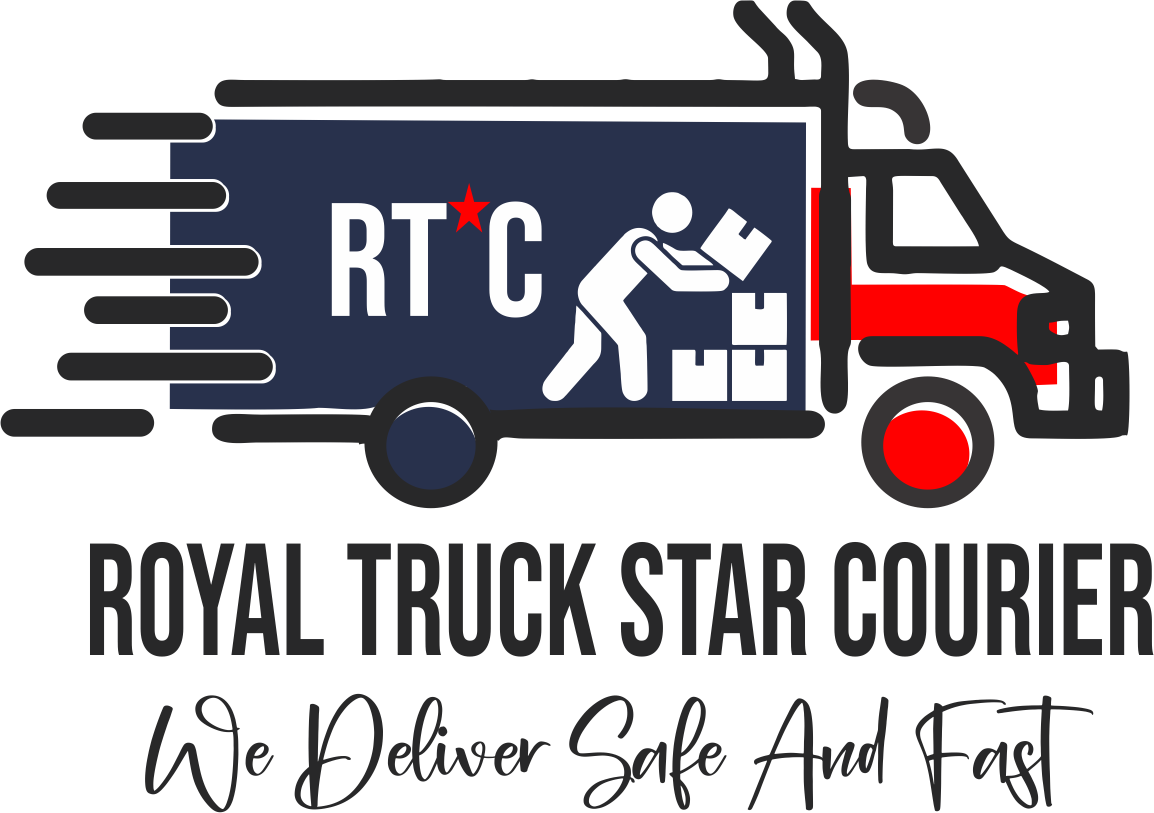API integration is crucial for creating seamless e-commerce experiences. When done correctly, it can automate your entire order fulfillment process, from order placement to delivery confirmation.
Understanding API Types
Different APIs serve different purposes in e-commerce:
- Order APIs: For sending order information to logistics providers
- Tracking APIs: For real-time shipment tracking
- Address APIs: For address validation and standardization
- Pricing APIs: For real-time shipping cost calculation
Best Practices for Implementation
1. Plan Your Integration Strategy
Before implementing any API, clearly define what you want to achieve. Map out your current fulfillment process and identify where APIs can add value.
2. Implement Proper Error Handling
APIs can fail or return errors. Implement robust error handling to ensure your system gracefully handles these situations without breaking the customer experience.
3. Use Webhooks for Real-time Updates
Instead of constantly polling for updates, use webhooks to receive real-time notifications about order status changes, delivery confirmations, and other important events.
4. Implement Proper Security
Always use HTTPS for API communications, implement proper authentication, and never expose API keys in client-side code.
5. Monitor and Log API Usage
Keep detailed logs of API calls and responses. This helps with debugging issues and monitoring system performance.
Common Integration Challenges
- Data format mismatches between systems
- Rate limiting and throttling
- Network connectivity issues
- Version compatibility problems
Testing Your Integration
Thorough testing is essential for successful API integration:
- Test with sandbox environments first
- Validate all data transformations
- Test error scenarios
- Perform load testing
Proper API integration can transform your e-commerce operations, reducing manual work and improving customer satisfaction. Take the time to plan and implement your integration correctly for the best results.

